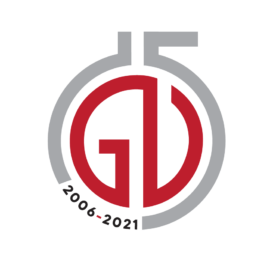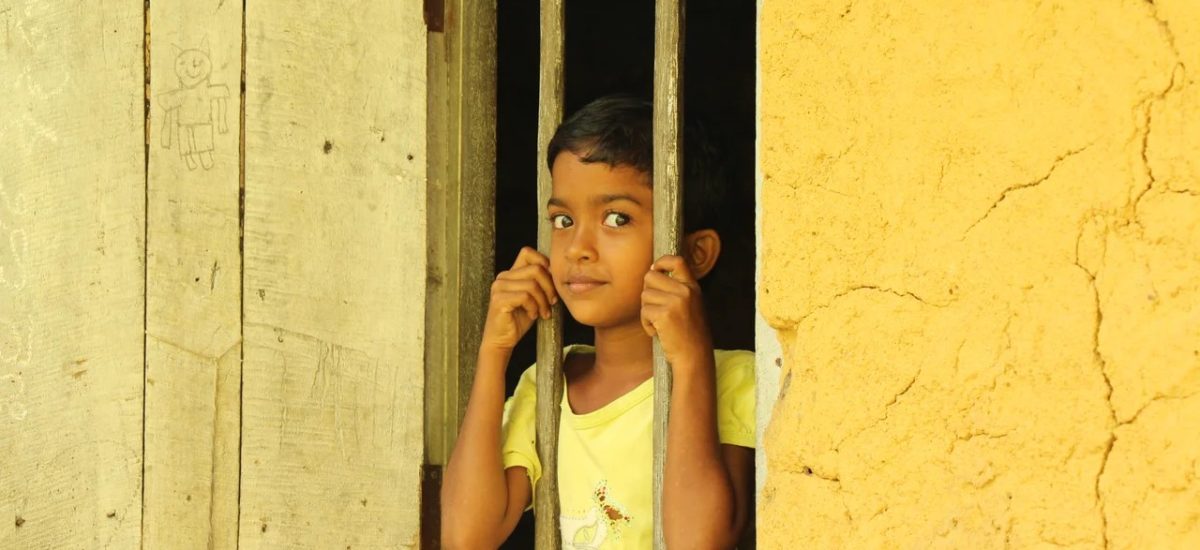Image Courtesy: Helvetas
Today is International Day for Poverty Alleviation
Sunila is a single mother living in a remote village in southern Sri Lanka with her three children. She occupies a dilapidated house and earns a living by making snacks for children at a nearby school. It has been many years since her husband left her and over the years she has become the sole breadwinner in the family. As an entrepreneur belonging to the informal economy, the Covid-19 pandemic has been a nightmare for her and her children. Sunila shared some of her thoughts on the pandemic and its impact on her everyday life.
“We don’t have much, but I somehow make sure that my children are fed. With the virus, life has been impossible for me and my kids; I no longer know what to do. The school is closed, so I cannot make any money now. I used to make sweetmeats for people when they have functions in the village but nothing like that happens now. I am in so much debt. I have been borrowing money from my relatives and neighbours but how can I keep going like this?” she asked.
Sunila was one of the many women that I met during my fieldwork. These women came not only from the rural parts of the country but also from the outskirts of urban Colombo as well. The stories that they shared revealed the dire conditions of poverty that were enveloping them every single day.
To a considerable population of both urban and rural Sri Lanka, poverty is not an alien concept. It has always been a part of their lives irrespective of the structural, socio-economic and political changes that have occurred over the years. In fact, with the onset of the Covid-19 pandemic, the conditions of the poor have only been aggravated making more individuals vulnerable to multiple dimensions of poverty.
If we look at the concept of poverty within academic discourses, it has always been one of contestation. This is mostly attributed to the difficulty in developing universal assumptions of adequate standards of living. As a result, it is viewed either as a relative form of poverty or as an absolute state leading countries to adopt different poverty lines as a means of determining levels of poverty in their respective countries. For instance, when focusing on the Sri Lankan case, based on the Asian Development Bank, 4.1 per cent of the population is below the national poverty line.
While within academia, accounts of poverty are attributed to a variety of factors polarizing around the individualist and structuralist camps, reflecting on the Sri Lankan context during the pandemic, the structural disadvantages and inequalities that people suffer require a closer examination. This brings our attention to the informal sector that functions within a broader neoliberal capitalist market economy. As highlighted in Long Shadow of Informality: Challenges and Policies, populations belonging to the informal sector are one of the worst affected groups of the pandemic and suffer due to structural disadvantages and inequalities. The informal sector in Sri Lanka is no exception to this. The story of Sunila and thousands of other microfinance clients who are part of the informal sector of the country attest to this reality. Their stories demonstrate the structural disadvantages and inequalities that are faced by rural and urban populations in the country that lead to increasing levels of poverty.
Majority of the women that I interviewed described the structural disadvantages and inequalities that they faced as impediments in their everyday lives. These include unequal access to public goods and services, healthcare, education and social welfare. I will illustrate this using an example from the story of another female microfinancier engaged in a small apparel business from the North Central Province who encounters difficulties in identifying a potential clientele to sell her products. This has worsened in the last couple of months due to mobility restrictions and lockdowns enforced in response to the Covid-19 pandemic preventing women from engaging in their income generation activities within the constraints of the household. This is one of the key obstacles that women microfinanciers face, leading ultimately to a never ending debt trap associated with indebtedness, violence and increasing poverty.
This is aggravated by the absence of a social safety net. The case of the microfinance industry in Sri Lanka again can be considered as a classic example of this. Majority of the populations that approach microfinance companies are considered as the unbankable populations, hence denied access by other financial institutions, limiting their options for financial access. This is further exacerbated by the lack of regulation in place leading to varied forms of violence, misconduct and predatory practices where these populations are thrown into a vicious cycle of poverty. The present situation of the pandemic aided by the indifference of the state not only furthers their poverty but poses threats to their very security.
The World Bank report titled Projected Poverty Impacts of Covid-19 alerts us to the severity of the conditions of poverty during the pandemic. While the pandemic has certainly altered life as we know it for the entire world, the severity of its impact differs from population to population, making some more vulnerable than others. The report states that there are grave socio-economic consequences especially for the 1.3 billion poor populations in the world, whose pre-existing conditions of poverty have aggravated due to the pandemic. The World Bank projects that between 71 to 100 million people are being pushed to poverty and that majority are from the South Asian and Sub-Sahara regions. It is further emphasized that these numbers could rise between 143 to 163 million in 2021, reversing decades of progress made on eradicating extreme poverty and challenging one of the key Sustainable Development Goals.
As the world celebrates the International Day for Poverty Alleviation with the theme of Building Forward Together: Ending Persistent Poverty, Respecting all People and our Planet for the year 2021, it is high time to reflect on structures of inequality that have been reproduced in the society and work towards dismantling them to build forward a more sustainable future for all.


